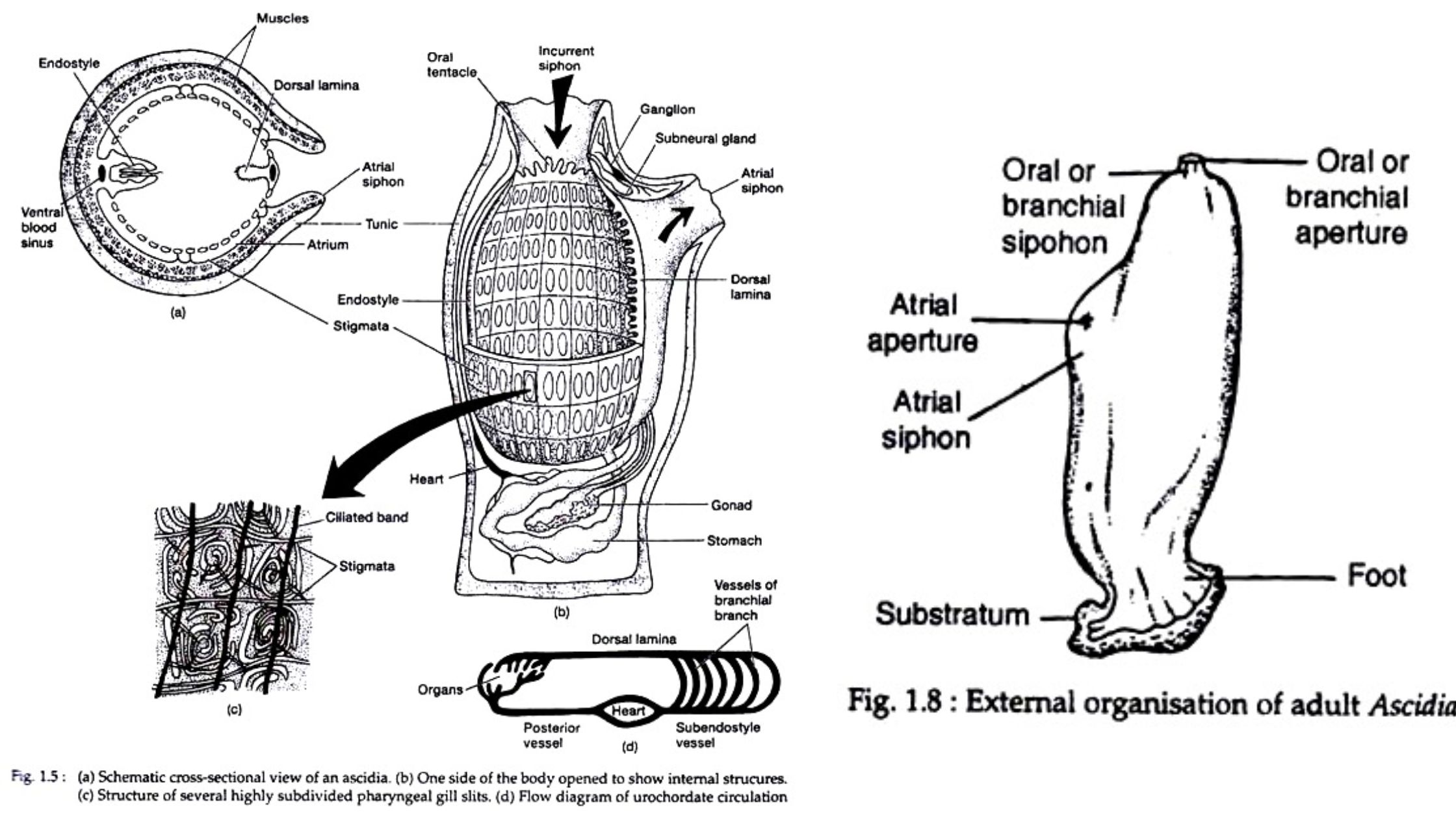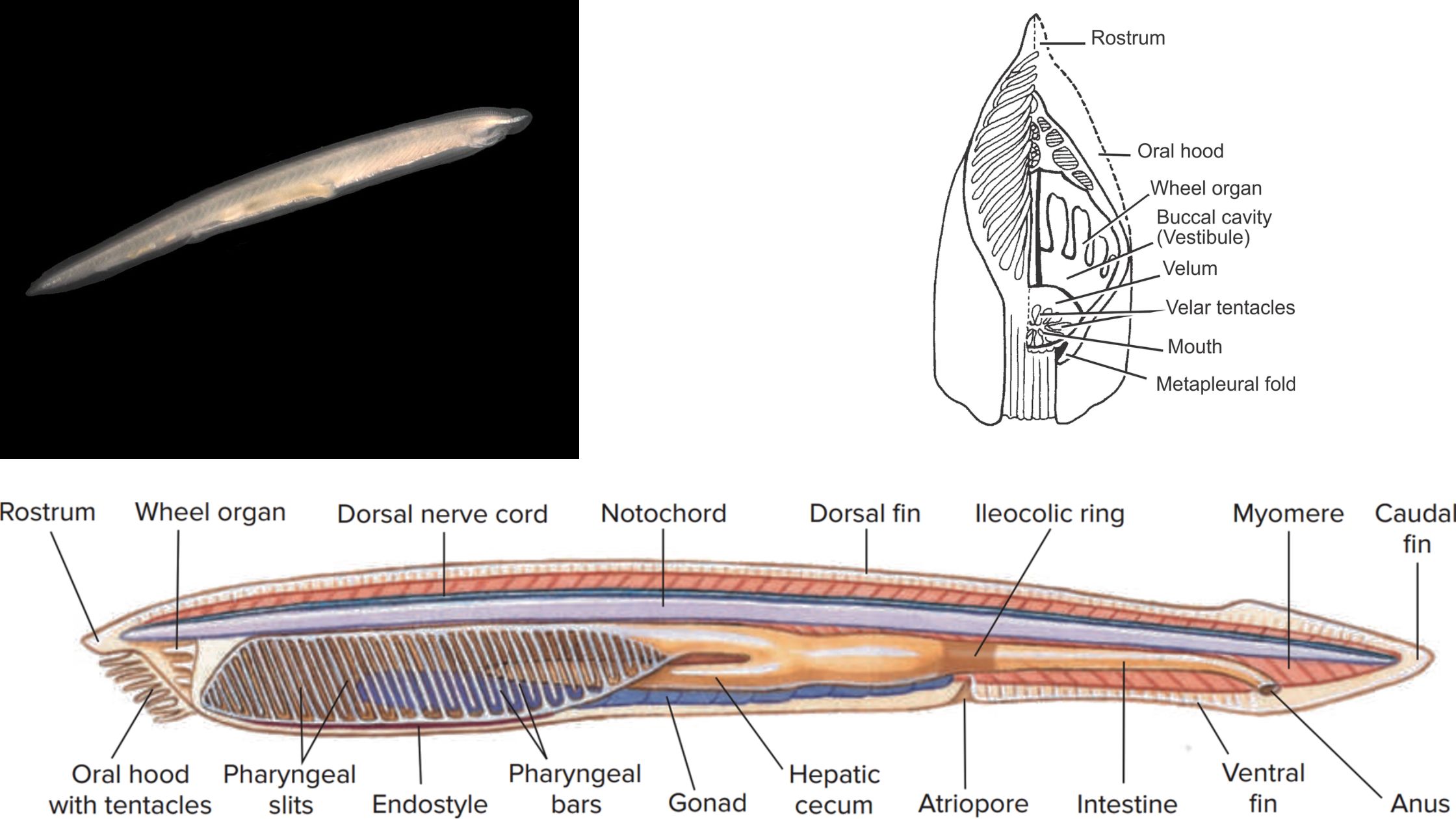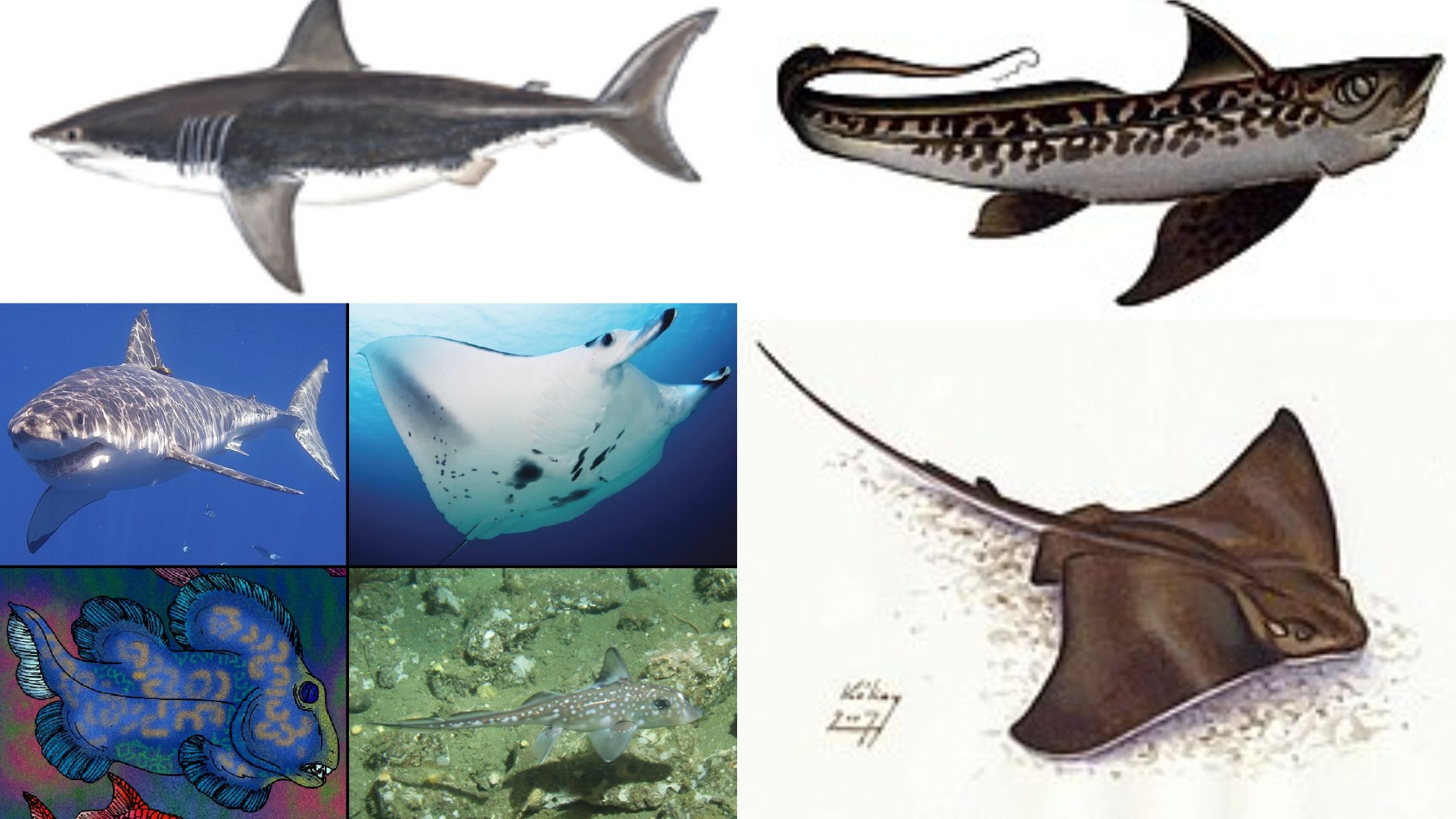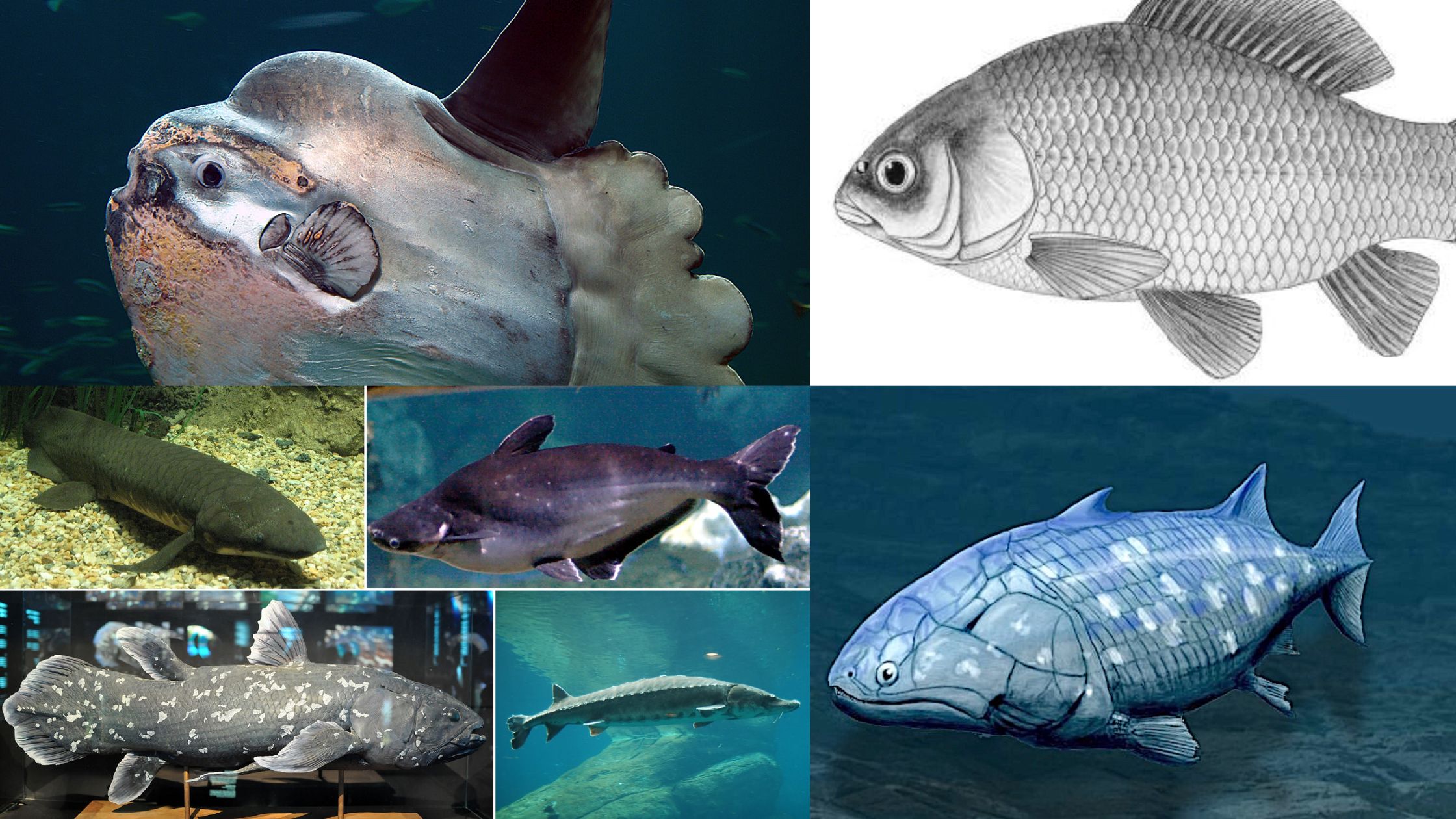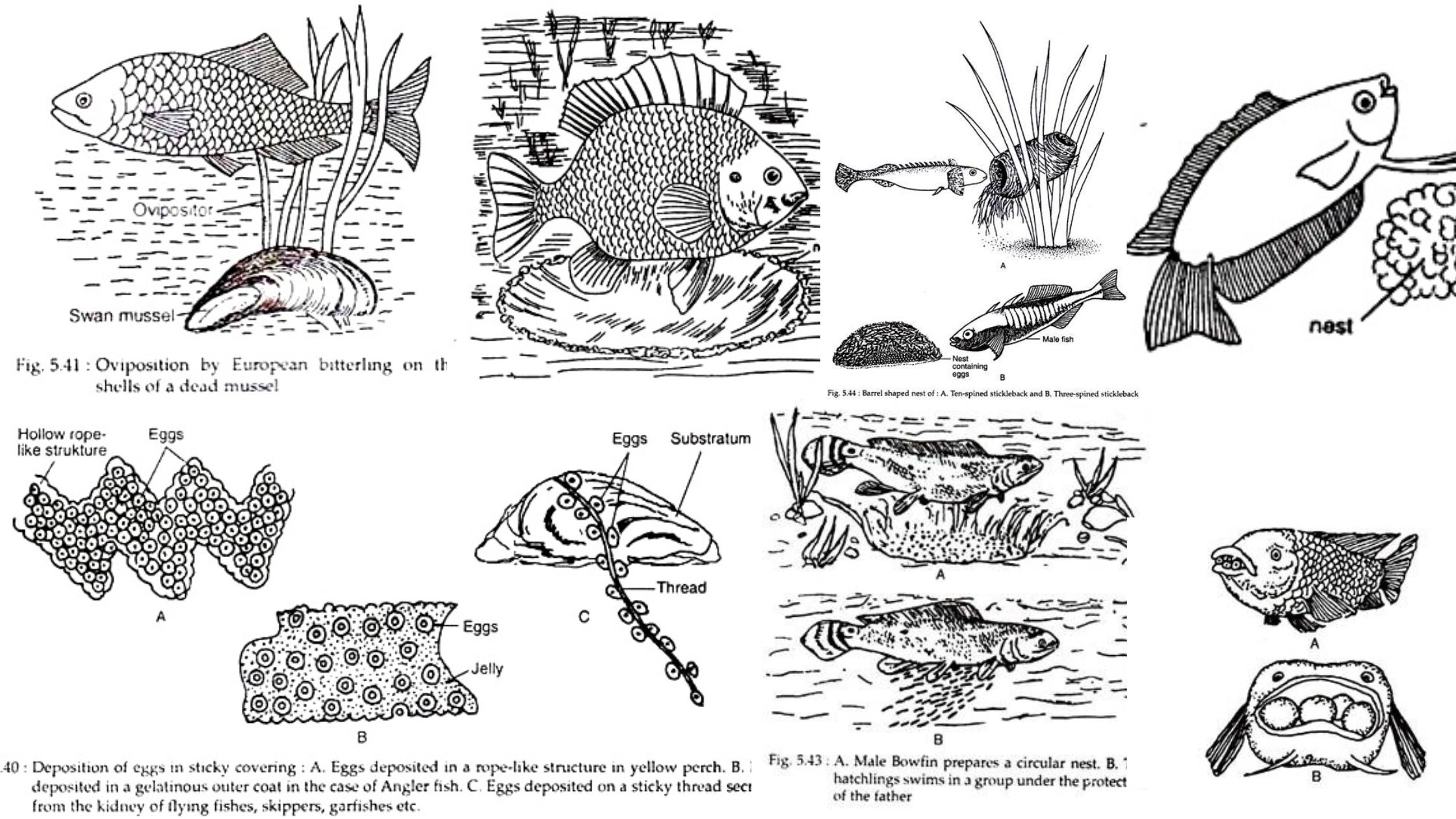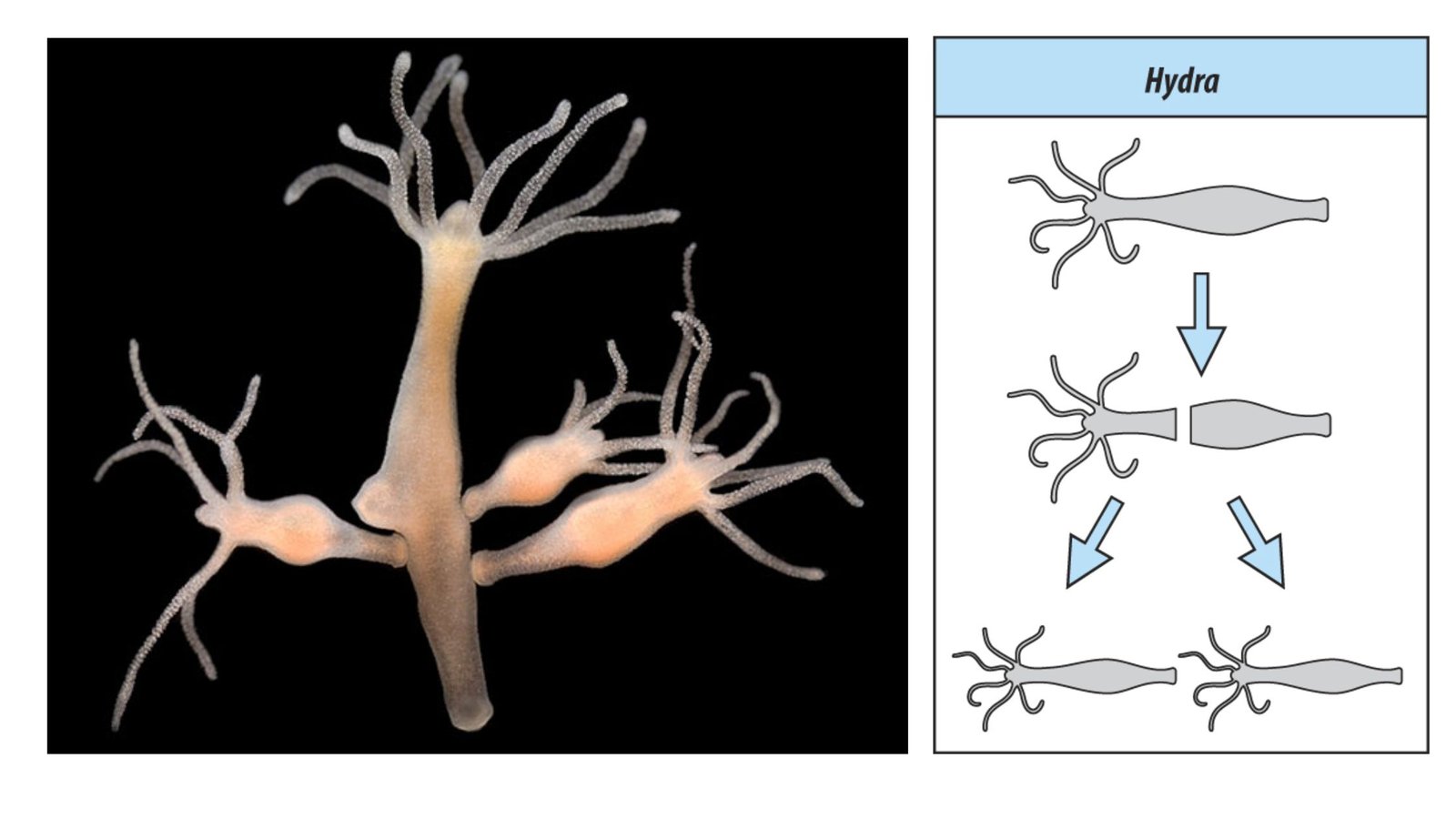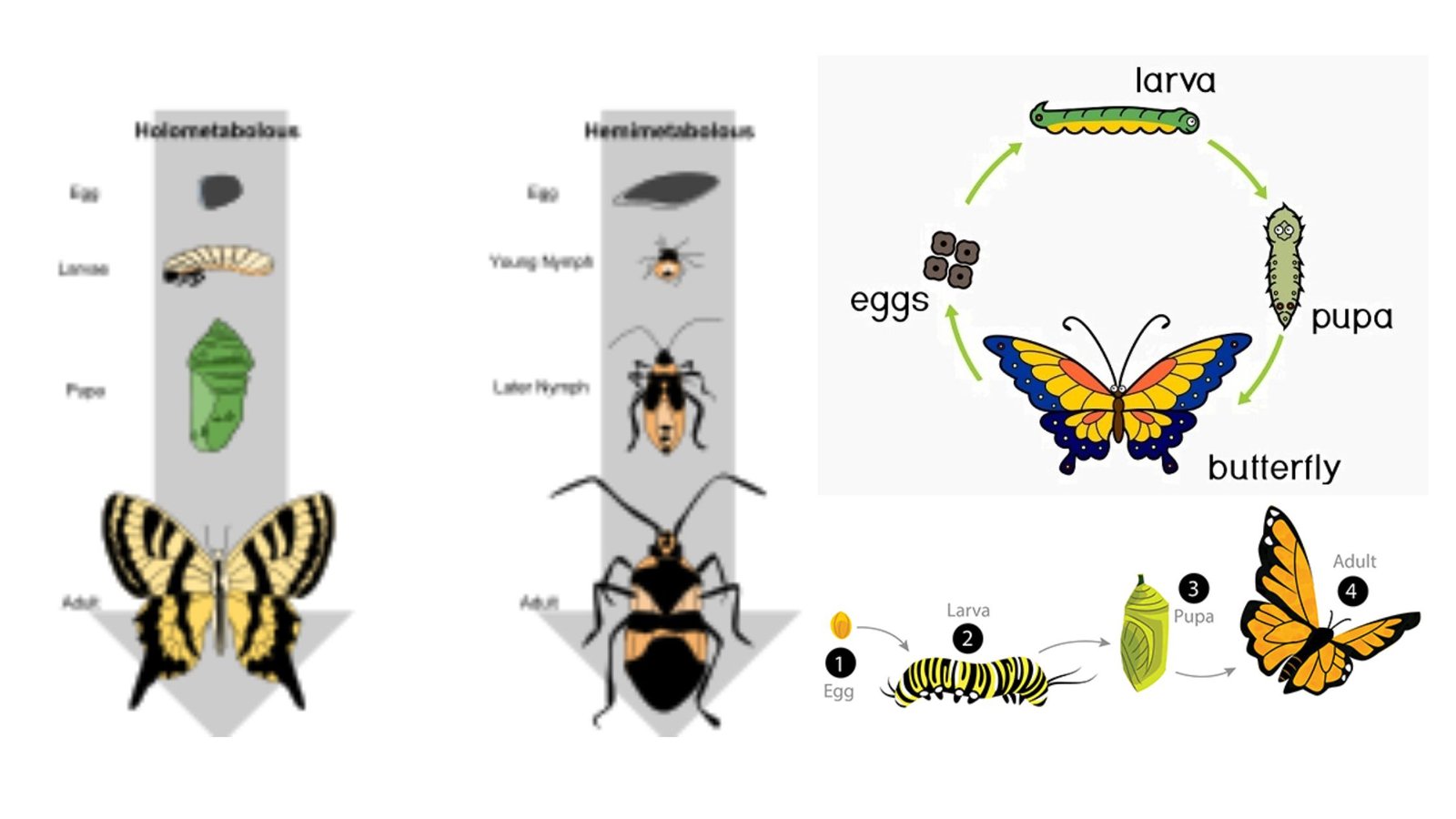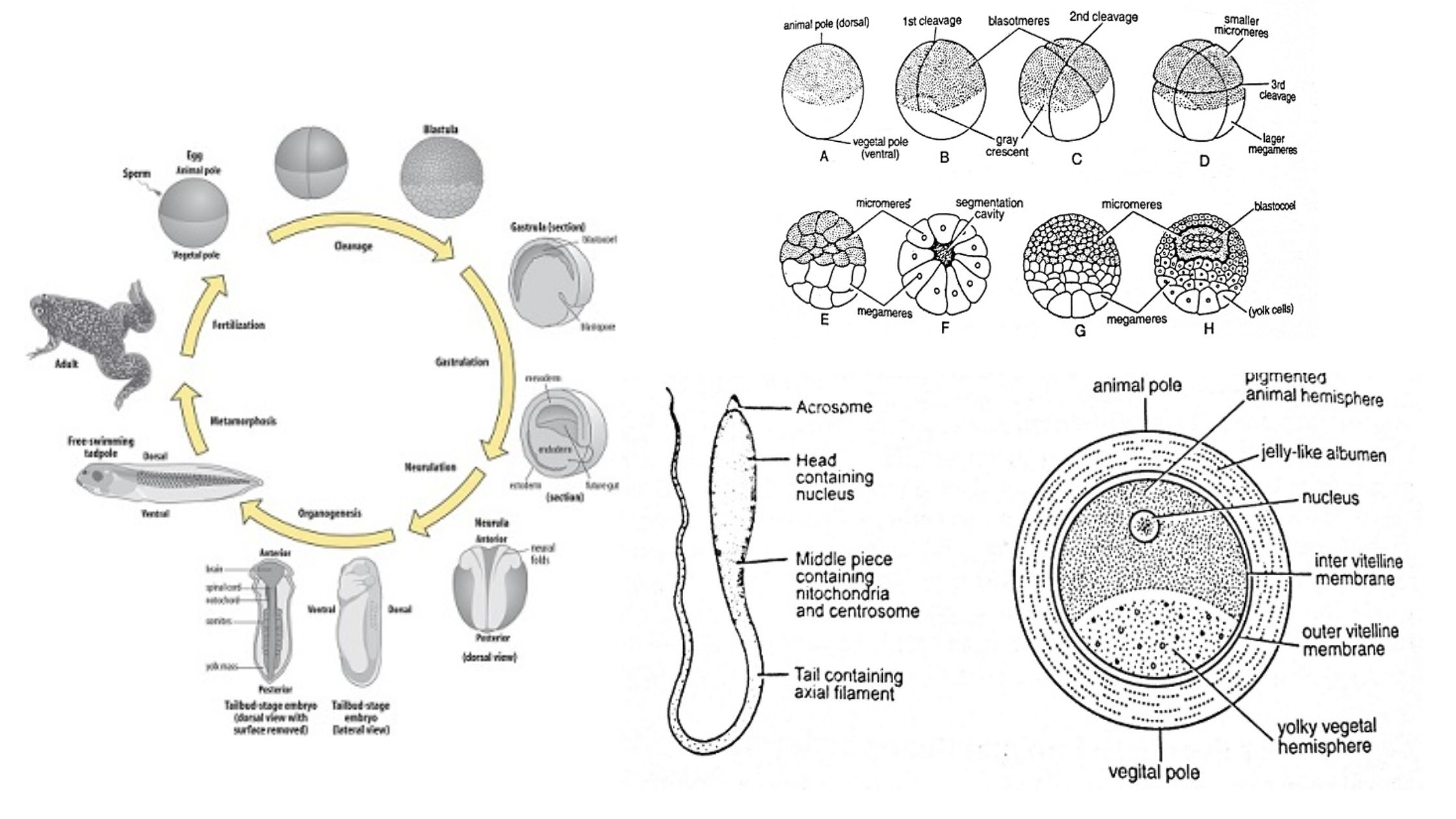Urochordata – Definition, Characteristics, and Classification
What is Urochordata? Characteristics of Urochordata The following characteristics distinguish Urochordata from the other subphylums of Chordata: Larval Characteristics During the larval stage of Urochordata, known as the ascidian tadpole larva, several characteristic features can be observed. These features contribute to their chordate nature and play important roles in their development and behavior. These larval … Read more
